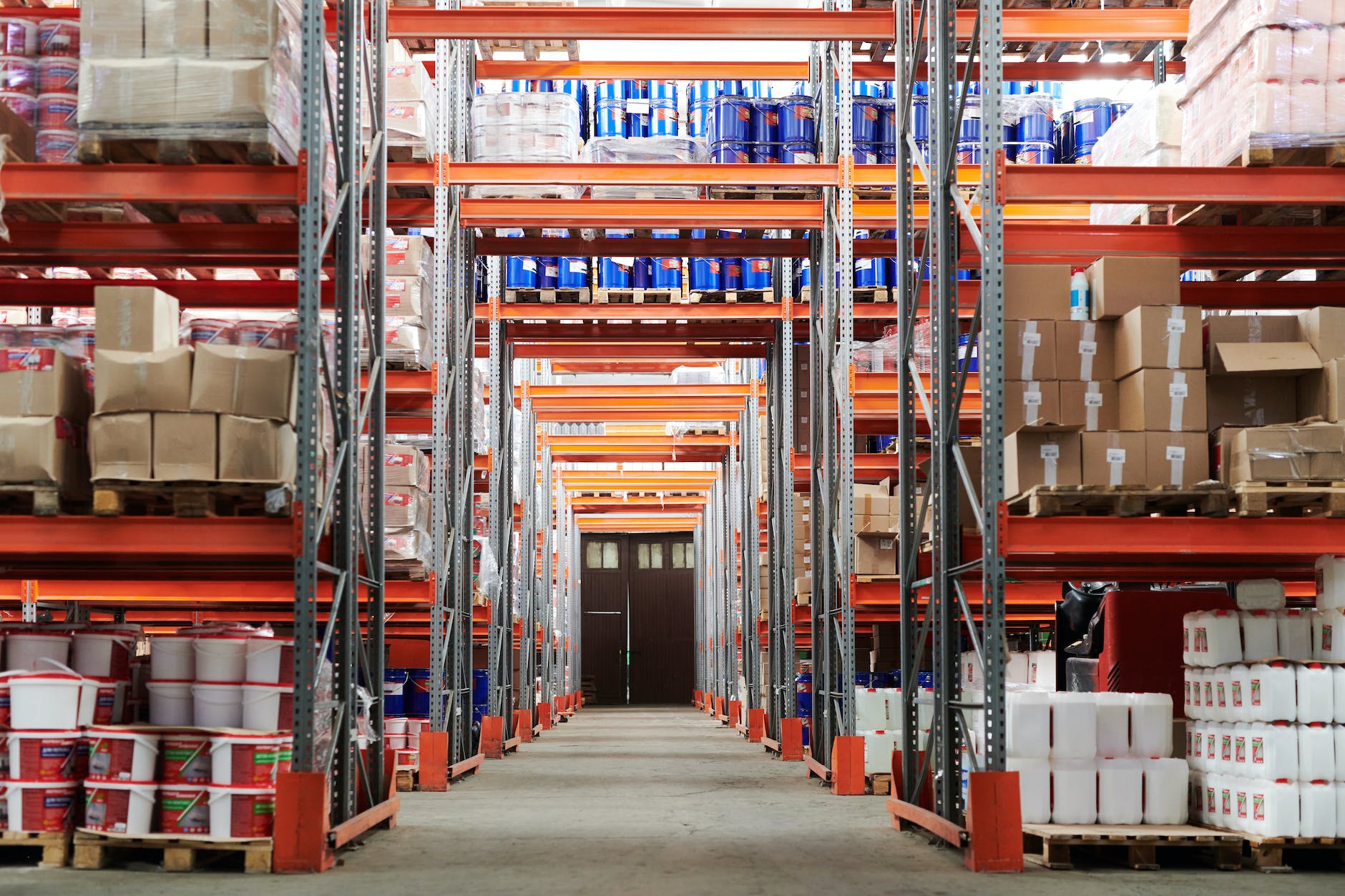Storeroom operations are the backbone of any organization, whether it’s a manufacturing plant, a retail store, or a hospital. The efficiency and organization of storeroom operations can significantly impact the overall productivity and profitability of a business.
This comprehensive guide delves into the strategies, techniques, and best practices to optimize storeroom operations, ensuring smooth functioning and maximizing returns.
Understanding the Importance of Storeroom Operations
The Role of Storeroom Operations in Business
Storeroom operations encompass the management of inventory, tools, equipment, and supplies. It involves procurement, storage, distribution, and tracking, all of which are vital for maintaining uninterrupted business operations.
Impact on Productivity and Profitability
Efficient storeroom management reduces downtime, minimizes waste, and ensures that resources are readily available when needed. It contributes to streamlined workflows, cost savings, and enhanced customer satisfaction.
Strategies for Efficient Storeroom Management
A. Inventory Management
- Regular Auditing: Conducting regular audits helps in identifying discrepancies, preventing overstocking or understocking, and maintaining accurate records.
- Implementing Just-In-Time (JIT) Approach: This strategy minimizes inventory holding costs by ordering supplies as needed, reducing excess stock.
- Utilizing Inventory Management Software: Modern software solutions provide real-time tracking, analytics, and automation, enhancing control over inventory.
B. Space Utilization
- Optimizing Layout: Designing the storeroom layout to facilitate easy access, proper ventilation, and safety can improve efficiency.
- Implementing Vertical Storage Solutions: Utilizing vertical space with shelves and racks maximizes storage capacity without expanding the footprint.
C. Procurement and Supplier Relationships
- Strategic Sourcing: Building strong relationships with suppliers ensures timely deliveries, quality products, and potential discounts.
- Standardizing Procurement Processes: Having standardized procedures simplifies purchasing, reduces errors, and enhances accountability.
D. Technology Integration
- Adopting RFID and Barcode Systems: These technologies enable quick scanning, tracking, and management of items, reducing manual labor.
- Leveraging IoT Devices: Internet of Things (IoT) devices can monitor environmental conditions, providing insights into temperature, humidity, and security.
Organizational Strategies for Storeroom Operations
A. Staff Training and Development
- Providing Continuous Training: Regular training sessions equip staff with the latest skills and knowledge, promoting efficiency and safety.
- Encouraging Cross-Training: Cross-training employees in various storeroom functions fosters flexibility and ensures uninterrupted operations during staff absences.
B. Implementing Standard Operating Procedures (SOPs)
- Developing Comprehensive SOPs: Clear and detailed SOPs guide employees in daily tasks, ensuring consistency and compliance.
- Regularly Reviewing and Updating SOPs: Adapting SOPs to changing business needs and regulations keeps them relevant and effective.
C. Fostering a Culture of Continuous Improvement
- Encouraging Employee Feedback: Involving employees in decision-making and encouraging feedback fosters a culture of continuous improvement.
- Implementing Key Performance Indicators (KPIs): Monitoring KPIs helps in identifying areas for improvement and tracking progress.
Case Studies: Success Stories in Storeroom Management
Manufacturing Industry
A leading automotive manufacturer implemented RFID technology, JIT procurement, and staff cross-training, resulting in a 30% reduction in inventory costs and a 15% increase in storeroom efficiency.
Healthcare Sector
A prominent hospital adopted vertical storage solutions, IoT monitoring, and standardized procurement processes, enhancing storeroom space utilization by 40% and reducing procurement errors by 20%.
Conclusion: Building a Future-Ready Storeroom
Storeroom operations are more than just a supporting function; they are a strategic asset that can drive business success. By embracing the strategies outlined in this guide, organizations can transform their storerooms into efficient, organized, and future-ready entities.
Investing in technology, focusing on continuous improvement, nurturing supplier relationships, and empowering staff are key to unlocking the full potential of storeroom operations. The journey towards an optimized storeroom is ongoing, but with the right approach, it can lead to significant gains in productivity, profitability, and overall business excellence.



